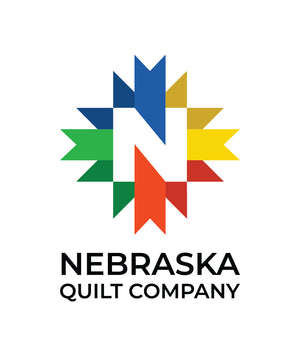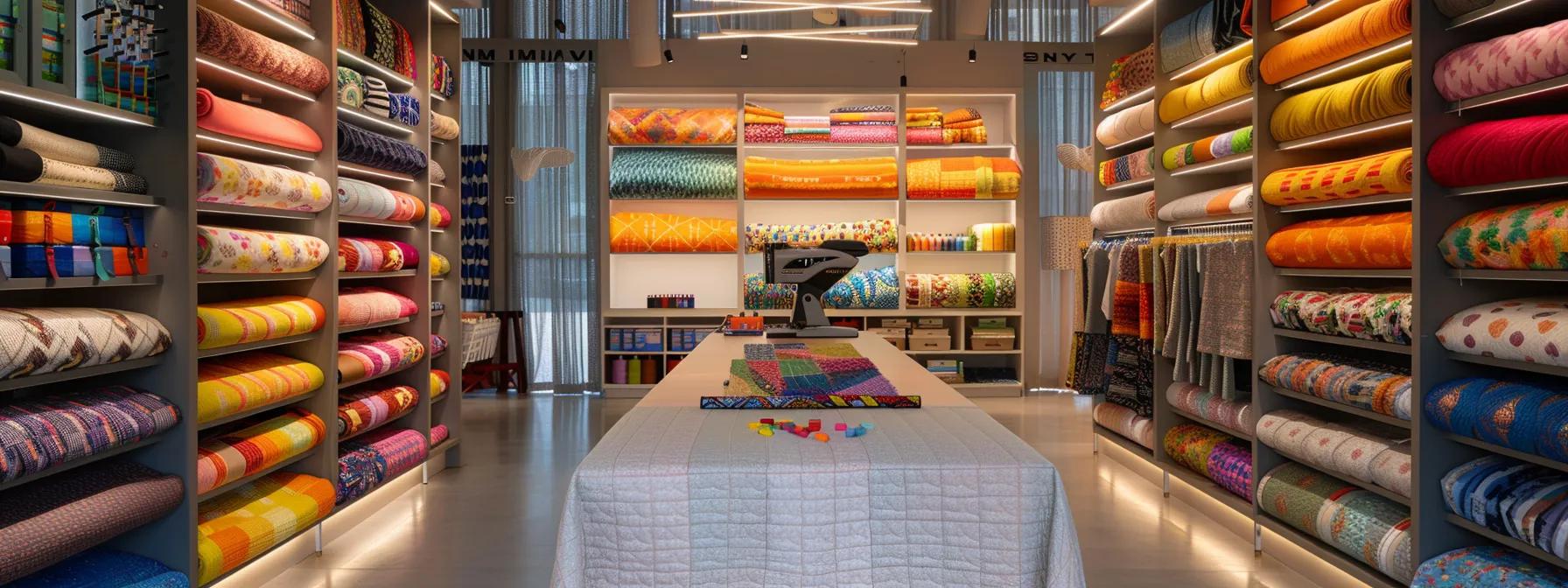
Long arm quilting merges precision machinery with advanced design, enabling quilters to produce large, detailed works with greater speed and control. Advanced pattern styles offer distinctive features not found in traditional methods, including expanded motif options, greater stitching continuity, and enhanced customization. Understanding the available techniques, pattern categories, selection strategies, essential tools, community resources, and current trends allows experienced quilters to refine their process and achieve more complex, personalized results.
What Are Advanced Long Arm Quilting Patterns and Why Master Them?
Advanced long arm quilting patterns are sophisticated designs produced by high-speed, computerized machines. They require precision, planning, and skilled execution, offering enhanced aesthetic value and durability. These patterns permit intricate motifs, varied textures, and unique designs not achievable through simple methods. Mastering them helps reduce production time, minimizes errors, and delivers customized, professional-grade quilts that satisfy demanding customers and support boutique businesses.
How Does Long Arm Quilting Differ From Traditional Quilting?
Long arm quilting uses computer-controlled machines that handle large, complex designs with precision. Unlike traditional, manual quilting, this method employs digital pattern control to replicate detailed designs consistently and quickly. Its automated process ensures minimal deviations, emphasizing quality and efficiency in creating professional finishes.
What Defines an Advanced Quilting Pattern?
An advanced quilting pattern combines multiple techniques and overlapping motifs with digital programming for free-motion quilting and precision guides. Such patterns integrate varied textures, shading, and three-dimensional effects. Personal customizations further enhance their sophistication, making each quilt a unique work of art.
What Benefits Do Advanced Patterns Offer to Experienced Quilters?
Advanced patterns allow for richer artistic expression and faster production. They reduce human error through automation, enable customization to market trends, and promote creative experimentation with colors, borders, and motifs. These benefits improve customer satisfaction and build a reputation for high-quality craftsmanship.
Which Advanced Long Arm Quilting Techniques Should You Learn?
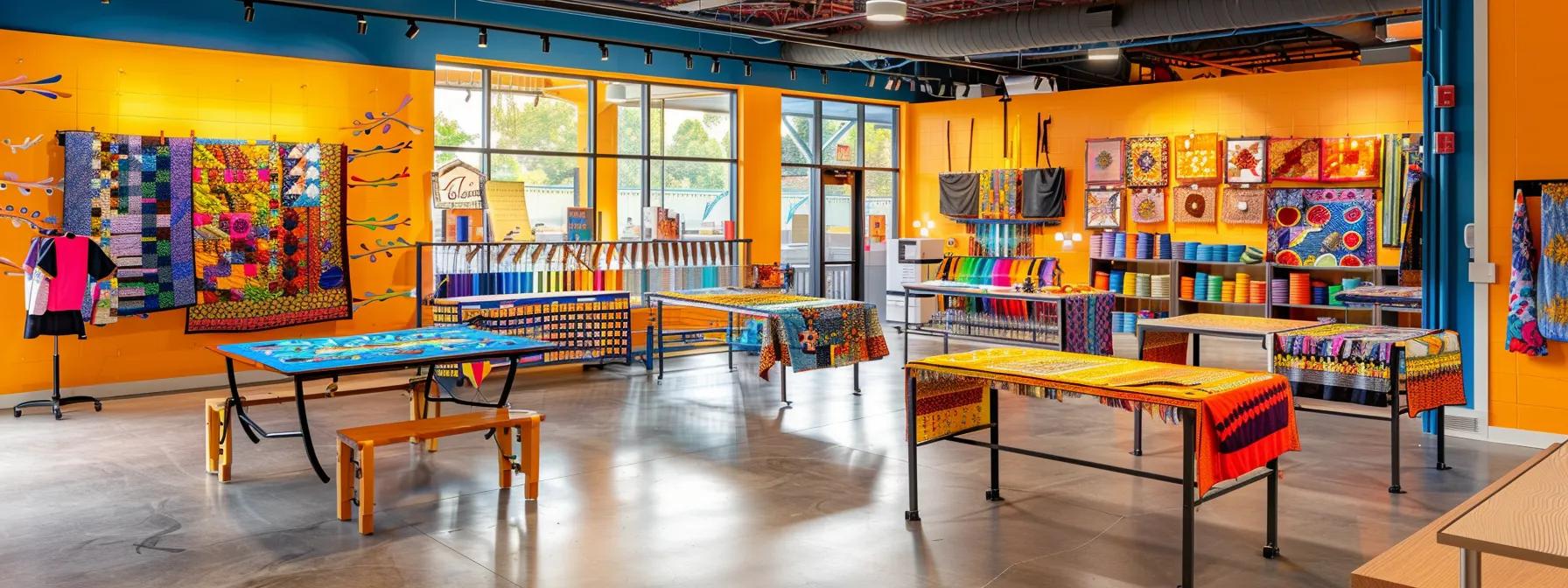
Mastering advanced long arm quilting requires a deep understanding of special techniques that produce intricate designs, precise seam placements, and custom finishes. With practice and careful planning, quilters can reach new artistic and technical heights.
What Is Free Motion Quilting and How Is It Used in Advanced Patterns?
Free motion quilting lets quilters move the quilt freely under the needle without a fixed feed, enabling curvilinear and detailed designs. When combined with digital controls, it creates elaborate floral, abstract, and geometric motifs. Adjusting machine speed and thread tension in real time allows for fluid curves and intricate stitching, greatly enhancing the quilt’s overall design.
How Does Ruler Work Enhance Long Arm Quilting Designs?
Ruler work uses guide rulers to direct the quilting machine along set lines, ensuring even stitch spacing and precise placements. This method is especially useful for creating symmetrical and grid-based patterns, helping to maintain consistency over large areas and yielding a polished, professional finish.
What Are Edge-to-Edge and Custom Quilting Techniques?
Edge-to-edge quilting covers the entire quilt with continuous stitching, integrating the piecing and quilting processes. Custom quilting involves modifying existing patterns or developing new motifs for each project. Both techniques require technical skill and artistic intuition. By merging these methods, quilters achieve seamless designs that enhance both visual appeal and functionality.
How Can You Combine Multiple Techniques for Unique Patterns?
Integrating techniques—such as free motion quilting, ruler work, edge-to-edge stitching, and custom modifications—allows quilters to create truly unique patterns. This hybrid approach blends organic free-form designs with structured guides, and may incorporate elements like stippling, appliqué, and even embroidery for added depth and texture. The resulting dynamic patterns are both visually appealing and technically advanced.
What Types of Advanced Long Arm Quilting Patterns Are Popular Today?
Quilters explore a range of advanced patterns to suit varying aesthetic needs. Patterns now include modern, bold designs as well as timeless traditional motifs. Recognizing the characteristics of each type helps in choosing the best approach for a project.
What Are Modern Long Arm Quilting Patterns and Their Characteristics?
Modern patterns feature clean lines, bold geometric shapes, and a minimalist aesthetic. They often use asymmetrical layouts, contrasting color blocks, and abstract motifs, all programmed digitally for consistency. Their simplicity combined with complexity makes these designs ideal for both home décor and commercial production.
How Do Geometric Patterns Elevate Quilt Designs?
Geometric patterns rely on repeating shapes, angles, and symmetry to add structure and balance. In advanced quilting, these patterns are precisely programmed to ensure every angle and line is exact. This deliberate precision delivers a refined, artistic look that appeals to those who appreciate a blend of art and exact science.
What Makes Traditional Long Arm Quilting Patterns Timeless?
Traditional patterns maintain a classic appeal through intricate stitching, floral designs, medallions, and decorative borders passed down through generations. Despite technological advances, these designs remain popular due to their historical significance and labor-intensive craftsmanship. They require deep technical skills and evoke a strong sense of heritage and artistry.
How Can You Customize Patterns for Personal Projects?
Customization in long arm quilting is achieved by modifying digital patterns. Quilters can adjust scale, color, and stitch density using pattern design software to add monograms, thematic motifs, or blend designs. These modifications personalize each quilt and ensure it stands out in a competitive market.
How Do You Choose and Modify the Right Long Arm Quilting Pattern?
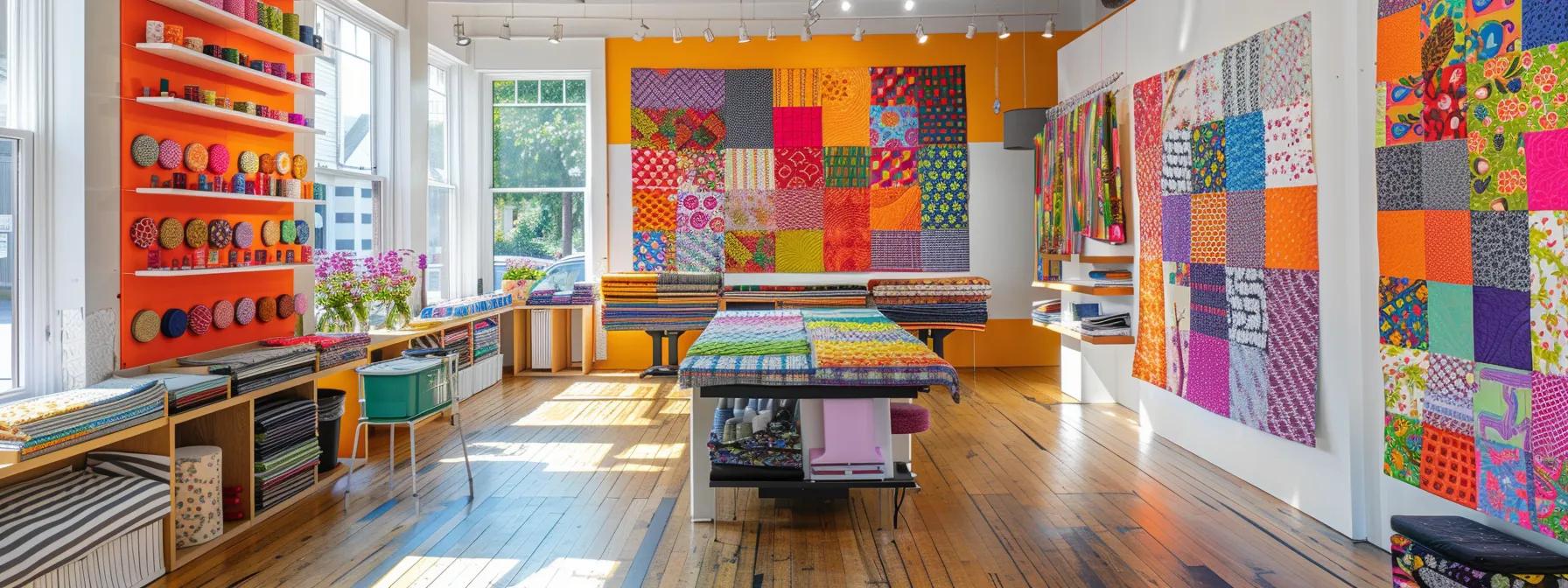
Choosing the correct quilting pattern is critical to the success of a project. It involves matching the design with the fabric, project size, and intended style. Proper pattern selection reduces mistakes and enhances the final appeal, while modifications allow quilters to tailor designs to their creative vision.
What Factors Should You Consider When Selecting a Pattern?
Consider the design complexity, fabric and thread compatibility, machine capabilities, and the quilt’s intended use. Some patterns demanding delicate free motion may not suit high-volume production unless the machine supports high precision. Fabric color, desired stitch type, and material durability are also important in meeting both aesthetic and practical needs.
How Do You Read and Understand Pattern Markings?
Pattern markings indicate stitch paths, color changes, and specific machine settings. Detailed manuals and diagrams accompany advanced patterns to guide machine setup and highlight areas requiring extra attention. Understanding symbols, line weights, and directional cues is essential for correctly interpreting and reproducing the design.
What Are Effective Ways to Modify Existing Patterns?
Effective modifications can be made by adjusting stitch density, geometric proportions, or introducing new color threads. Using pattern design software to simulate changes on scrap material is recommended. Such edits personalize your work and drive innovation within quilting techniques.
Can Pattern Design Software Help in Creating Custom Quilting Patterns?
Yes, pattern design software offers precise control over stitch length, density, and overall layout. It allows digital simulation of the quilting process, enabling adjustments before production. This reduces errors and speeds up the design process, ensuring the final quilt mirrors the intended design.
What Essential Tools and Supplies Support Advanced Long Arm Quilting?
The success of advanced long arm quilting relies on quality tools. Professional-grade machines, accessories, high-quality fabrics, and reliable threads all contribute to effective production. Investing in suitable equipment is key to executing complex patterns with precision and efficiency.
Which Long Arm Quilting Machines Are Best for Advanced Patterns?
Machines with high-speed digital controls, extended arms for larger quilts, and precision feeders are ideal. Brands like Morgan, QCM, and Durkin produce models designed for detailed, high-volume work. These machines offer many programmable features ensuring every stitch meets premium quality standards.
What Accessories Improve Precision and Efficiency?
Essential accessories include guide rulers, feed devices, and specialized quilting feet. Tension control devices and dual-thread systems enhance stitch quality, while quality bobbin and thread management systems help prevent breaks and maintain uniform stitch density throughout the quilt.
How Do You Select Fabrics Suitable for Long Arm Quilting?
Select fabrics that offer durability, minimal stretch, and consistent texture. High-quality cottons, blends, or specialty fabrics are preferred. Testing fabric samples on your machine ensures compatibility under high-speed stitching, preventing issues like puckering or thread breakage.
What Threads Work Best for Complex Quilting Designs?
For intricate designs, high-quality polyester or cotton threads are ideal due to their strength, color retention, and smooth finish. Specialty threads, including metallic or variegated options, can add texture and depth. Consistency in thread quality is crucial for both durability and design aesthetics.
How Can You Improve Your Skills With Advanced Long Arm Quilting Tutorials and Community Support?
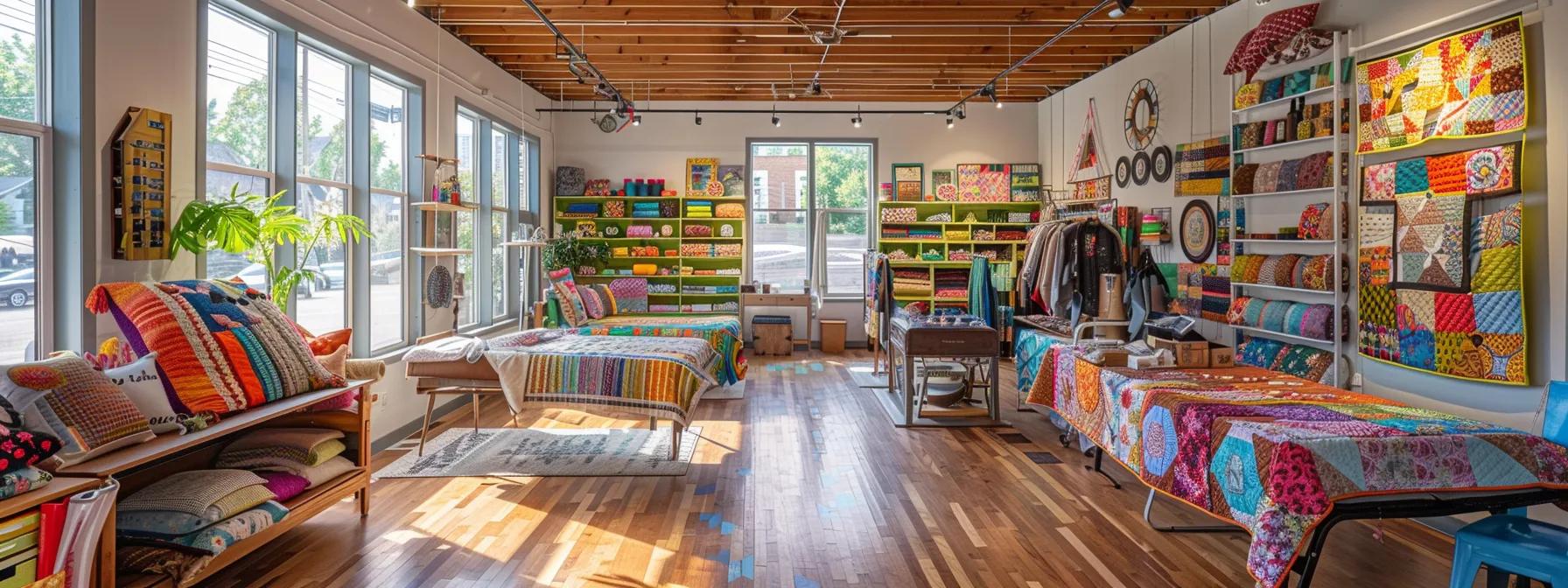
Continuously improving your quilting skills is supported by tutorials and community interaction. Sharing ideas and experiences accelerates learning and problem-solving. Engaging with quilting communities, both online and locally, provides access to expert advice and inspiration.
Where Can You Find in-Depth Tutorials on Advanced Techniques?
Numerous quilting blogs, YouTube channels, and manufacturer websites offer comprehensive tutorials. Online courses and workshops by professional quilting schools provide demonstrations on machine setup, stitch optimization, and troubleshooting, helping you achieve professional-quality results.
How Do Quilting Communities Help in Mastering Patterns?
Quilting communities serve as forums for sharing tips and feedback. Social media groups, forums, and local meetups allow quilters to discuss emerging trends, resolve technical issues, and inspire creative ideas. Peer support is invaluable in refining advanced techniques.
What Are Common Challenges and How Can You Overcome Them?
Common challenges include machine calibration issues, thread tension inconsistencies, and pattern replication errors. These can be overcome through regular practice, attending hands-on workshops, and consulting experienced quilters. Routine machine maintenance and testing different settings are essential to address these issues effectively.
What Are the Latest Trends and Innovations in Advanced Long Arm Quilting?
The industry is evolving with trends that merge traditional craftsmanship and modern technology. Innovations include digital design software, advanced machine engineering, and eco-friendly materials. Staying updated with these trends can inspire new design elements while preserving the traditional quilting aesthetic.
How Are Modern Designs Influencing Pattern Development?
Modern designs emphasize minimalism, abstract geometry, and a fusion of digital aesthetics with traditional techniques. These designs feature bold, clean lines and asymmetrical layouts, offering a fresh perspective on classical quilting. They push the boundaries through a combination of art and precise machine programming.
What Technological Advances Are Shaping Long Arm Quilting Machines?
Advances such as enhanced software integration, real-time stitching simulations, and smarter tension systems improve machine accuracy and efficiency. These technologies allow for programming and previewing complex designs, reducing errors and ensuring consistent, high-quality production.
How Is Software Changing Pattern Creation and Customization?
Digital pattern software offers precise adjustments, scaling, and layering of stitching techniques. The simulation capabilities significantly reduce trial-and-error during design. This customization allows each quilt to be uniquely tailored, merging traditional artistry with innovative technology.
Where Can You Purchase High-Quality Advanced Long Arm Quilting Patterns?
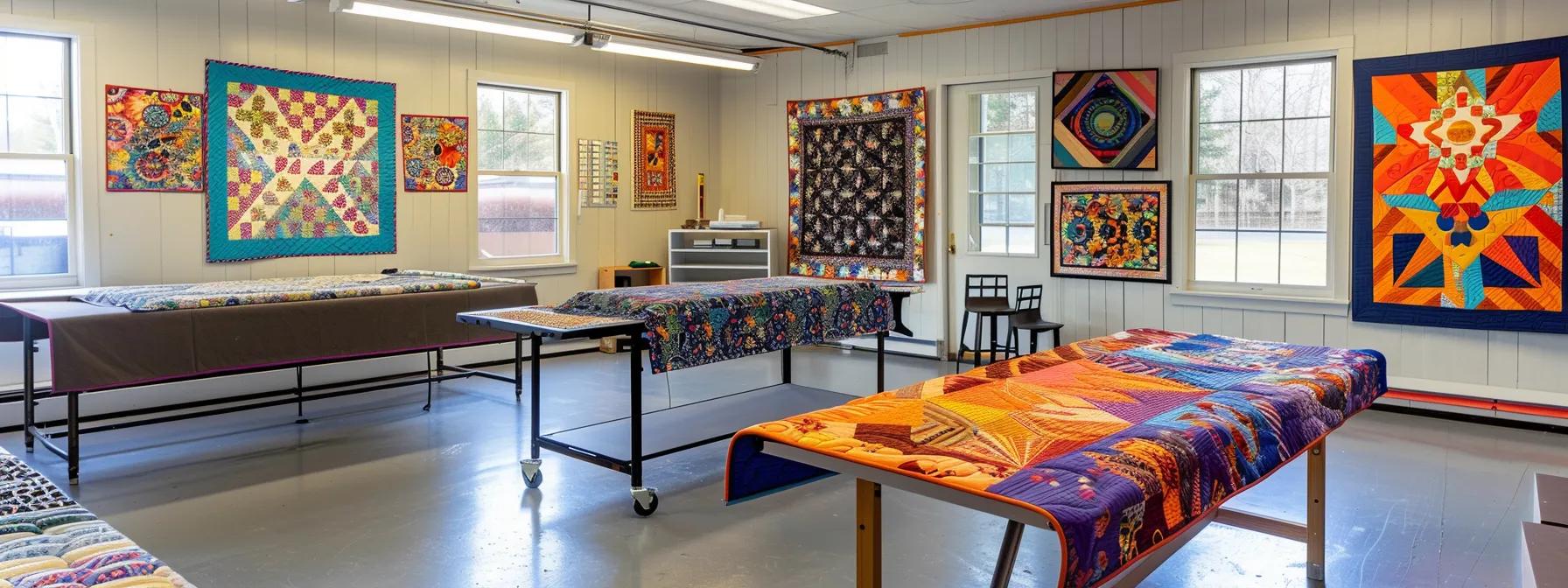
Purchasing advanced quilting patterns from reputable sources is vital for consistent, innovative design outcomes. Skilled designers rigorously test these patterns to ensure reliability and high performance. Knowing where to buy high-quality patterns saves time and enhances the final product.
What Should You Look for in a Pattern Retailer?
Choose retailers that offer detailed product descriptions, high-resolution images, and positive customer reviews. Reliable retailers provide technical support, video tutorials, and sometimes sample designs to ensure compatibility with your machine.
How Do Reviews and Comparisons Help in Choosing Patterns?
Customer reviews offer insights into usability, ease of digital programming, and the overall appearance of the quilt. They help identify variations in complexity, longevity, and satisfaction, guiding you to select patterns that meet both technical and aesthetic requirements.
Are There Subscription or Membership Options for Pattern Access?
Many online platforms offer subscriptions or memberships that grant access to extensive pattern libraries. These services provide regular updates, exclusive designs, and community forums, allowing you to continuously expand your repertoire without repeated purchases.
Frequently Asked Questions
Q: What distinguishes advanced long arm quilting patterns from beginner designs? A: Advanced patterns feature intricate stitching, multiple techniques, and digital customization, requiring more precision and higher skill levels.
Q: How much practice is needed before mastering advanced quilting techniques? A: Consistent practice combined with community support generally leads to significant improvement within a few months.
Q: Can I modify pre-made patterns easily? A: Yes, modern design software makes it safe to adjust scale, color, and stitch density for personalized modifications.
Q: Are expensive quilting machines necessary for advanced patterns? A: Quality machines with digital controls are recommended, though upgrades can be planned according to production needs.
Q: Where can I find additional resources or tutorials? A: Numerous online platforms, quilting blogs, and manufacturers provide video tutorials and detailed guides on advanced techniques.
Final Thoughts
Mastering advanced long arm quilting patterns combines tradition with modern innovation. By learning specialized techniques and using quality tools, you can elevate your artistic expression and produce professional-grade quilts. Digital technology has reshaped pattern creation, making customization and precision more accessible. Continue to explore advanced techniques and improve your craft through ongoing learning and active community engagement.
